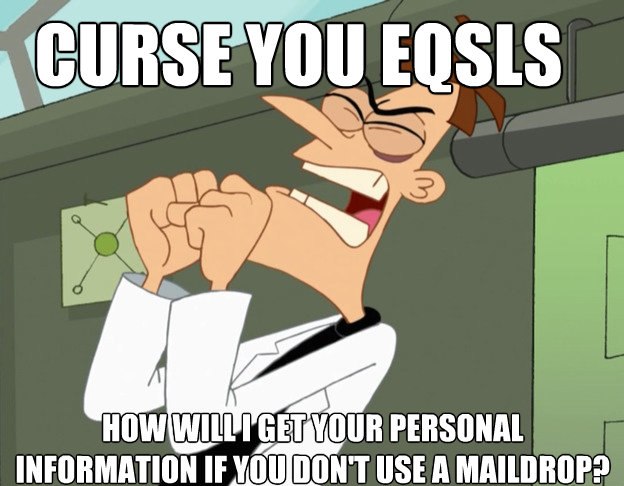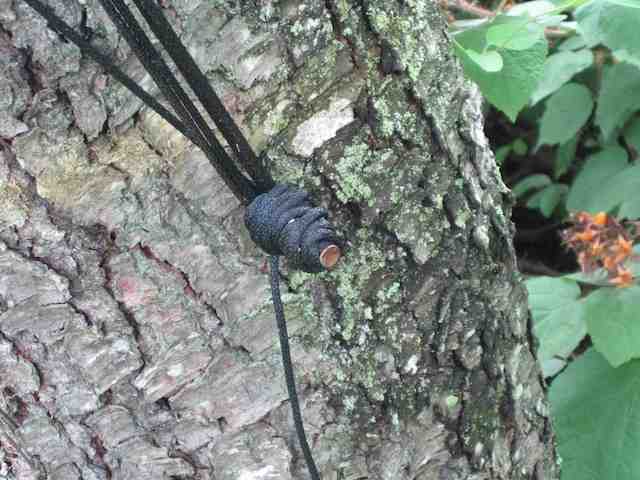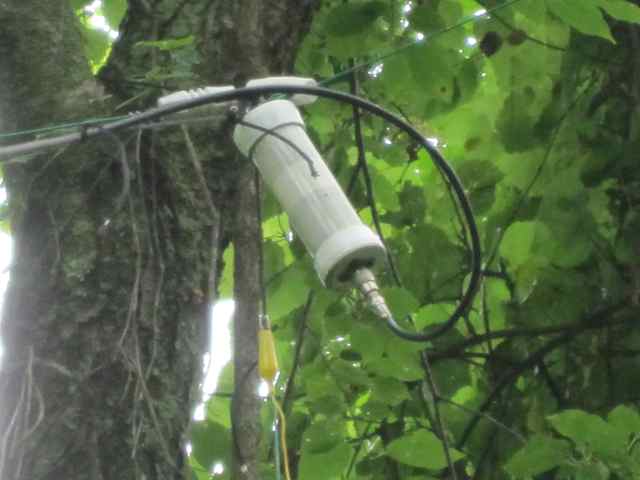Today, the internet is used for virtually all forms of communications between pirate listeners and operators. Loggings are posted to message boards and mailing lists. Reception reports are sent to email addresses, with eQSLs coming back to the listener by email. And listeners (and some times operators) engage in real time chats via IRC and chat rooms.
The advantages over the older forms of communications in the dark ages (pre-internet) are numerous. The most important is undoubtedly the almost instant speed with which information can be received. Once the first listener logs a station (on a message board such as the HFU / HFUnderground or via IRC), other listeners can immediately learn of this transmission, and tune in, while the station is still on the iar. Back in the old days, the logging would be sent to a SW/DX club newsletter editor (I was one for the ACE back in the 90s) where it would sit until other loggings arrived. Then the loggings column would be edited and finally the newsletter published and mailed to club members. By the time others read the logging, it was weeks if not months old.
Likewise, operators can browse the message boards or chat rooms, and learn in real time how their signal is being heard. They can also find out if there is interference, and they need to move to another frequency, or go off the air. There have been many cases of a pirate operator learning that another operator was also on the air, and they could quickly change frequencies to avoid continued interference. Or wait and not go on the air until the first station was done with their broadcast.
Reception reports and QSL verifications are almost exclusively conducted via email today. The listener sends their report to the station’s email address, and gets an eQSL back by reply. Verifications are often received in a day or two, sometimes in a matter of hours or even minutes. In addition to the instant gratification factor, there’s a huge cost savings. No need for the often cash strapped operator to print up paper QSL cards, and for listeners to spent money on postage. And the pirate operator and listener don’t have to run the risk that the maildrop they use might share personal information with others, as has been rumored to have happened in the past.
eQSLs are not “fake” QSLs. They are verifications that you heard a transmission, and are just as real as a dead tree QSL. Anyone who claims otherwise most likely has impure motives for trying to convince you to send them your personal information.

Operators and listeners do need to be concerned about possible lack of privacy issues with internet based communications. These risks, and their solutions, include:
Email Anonymity
Many email systems include the originating IP address of the sender in the message headers. In other words, your IP address. With this IP address, your location can be determined, often to your city. Of the supposedly anonymous email services, yahoo and hotmail are known to include your IP address, making them not very anonymous. Gmail, on the other hand, does not include your IP address, making it the preferred email service. Most new operators are using gmail, but many older stations continue to use yahoo or hotmail accounts. This is extremely dangerous, and operators should consider switching to gmail. Likewise, listeners who wish to maintain an anonymous identify should also consider using gmail, if they aren’t already.
Message boards / Chat Rooms / Web Sites
Many pirate radio resources exist on the web. These include message boards, real time chat rooms, as well as general purpose websites. These sites all use web servers and clients, and share the same privacy risks.
When you connect to a web server, it records your IP address and what pages you viewed, as part of the server logs. The administrator of the website often uses this information to determine how popular various pages are on the site, as well as what parts of the world visitors are from. More sophisticated analytical tools can even “follow” a user as he navigates the website, to observe in what order he traverses the various pages. Generally this information is not used for nefarious purposes, but rather to help the website administrator improve the quality of the site, and increase the number of visitors.
Your IP address can be used in the same way as with email headers, to roughly determine your location. Of course, this is only relevant if the person examining the logs knows who you are. If you are just a visitor to the site, not logged in, then your IP address appears alongside the hundreds or thousands of other visitors, and there is no information that links it back to your identity. You’re just 192.168.0.1, or whatever your IP address happens to be.
If you’re logged into the site, then your IP address is of course linked to your user name. If you log in as a pirate operator with your station or DJ name, then the weblogs can be used to roughly determine your geographic location from the IP address. The solution is to use an anonymous web proxy. This is essentially another web server that you connect to first. Then you tell it the URL of the site you want to visit. All data between you and the final website is passed between the proxy, which hides your IP address. You just have to trust the web proxy that you use!
IRC (Internet Relay Chat)
Users connect to IRC servers with client software. Your IP address is available to IRC operators (usually not an issue since most of them have no idea what pirate radio even is) and sometimes to other users (which can be an issue). Many IRC servers mask the IP address, usually by changing the last octet. While this does hide your exact IP address, the remaining three octets are usually sufficient to roughly determine your location, as with email and the web. One solution is to use a pseudonym as your IRC nickname, not related to your actual name or station/DJ name. That way, you just appear as another pirate radio enthusiast, and no one knows who you really are. Another is to use a web based IRC client, and connect to it via a web proxy. Problem solved.
Safer web browsing
If you’d rather avoid being tracked on unfamiliar or “hostile” sites, try the Startpage search engine, which features the option of using Ixquick proxy to mask your location and machine type. Many free web proxies will mask your location (IP), but few will mask your machine type. Are you that one guy using Windows Vista on a PC with monitor resolution set to 800×600? If so, you’re easy to spot. Ixquick proxy randomly rotates among a dozen or so types, making it more difficult for snoopy web/blog owners to identify visitors.
Note that some proxies will disable certain functions including Javascript. It will also hinder the site’s web traffic logs and ad revenue. If you trust and support a site, consider unproxying and giving the site owner the benefit of your visit. It’s your choice, so be informed and choose wisely. And if you get serious about web browsing security, check into the Tor project and other proxy options.
Personal Information in Documents and Images
If you create and send documents and images (such as PDF files or JPEG pictures) be aware that some applications include personal information in the document’s metadata. This could include the name of the registered user for the program. There are various tools out there that can open documents and display any metadata that is present. If you’re concerned, get some of these programs and make sure that files you create and send don’t compromise your identity. The free/shareware image editor Irfanview can be used to view metadata and, if desired, re-save images such as eQSLs with metadata stripped for security.
Enjoy Pirate Radio
Don’t let these issues dissuade you from using the internet as part of your pirate radio hobby. If you follow a few simple steps, you can feel secure about your privacy. And don’t let the Chatrooms and the Internet are Eeeeevil crowd scare you, they have ulterior motives for encouraging you to use their snailmail maildrops and other ancient forms of communications – namely to collect more details about you.




